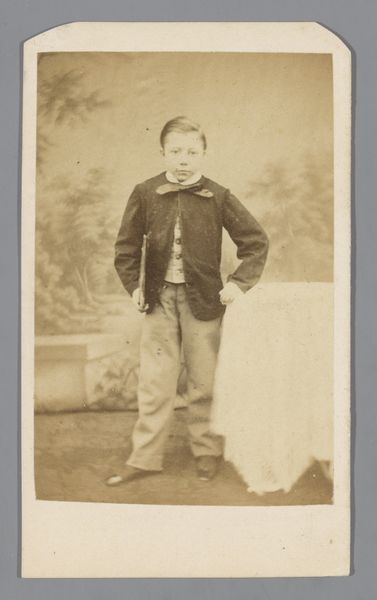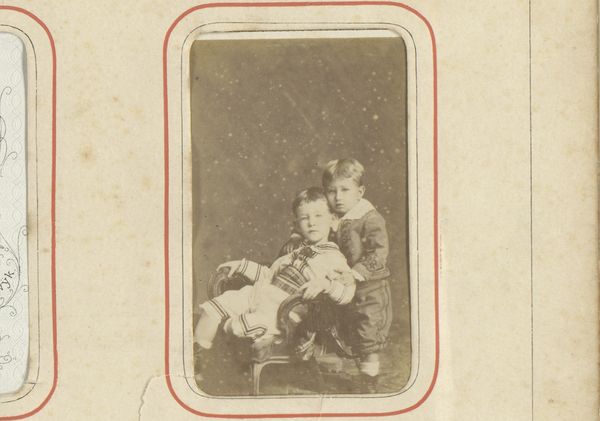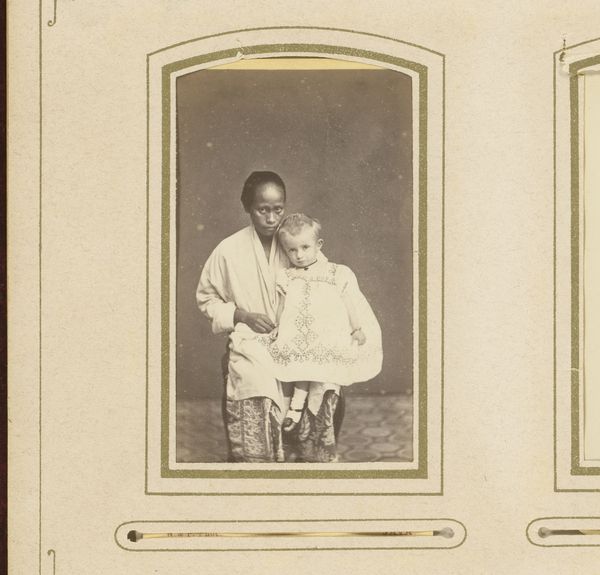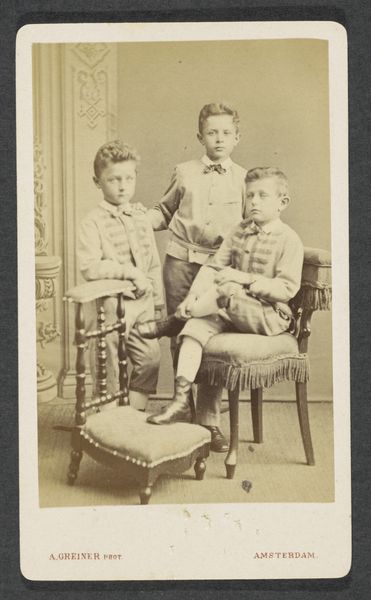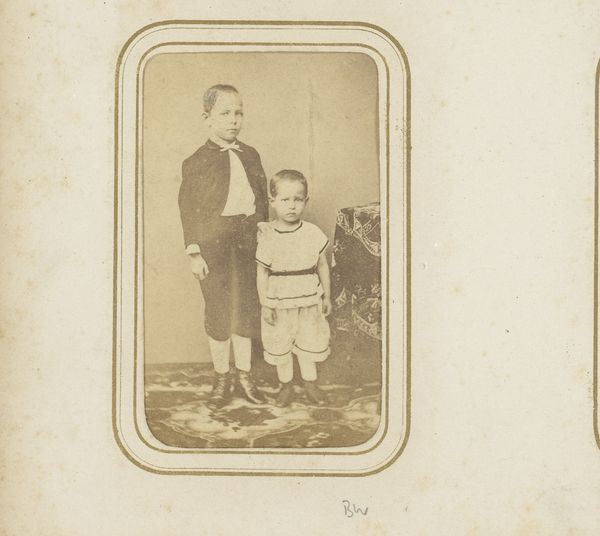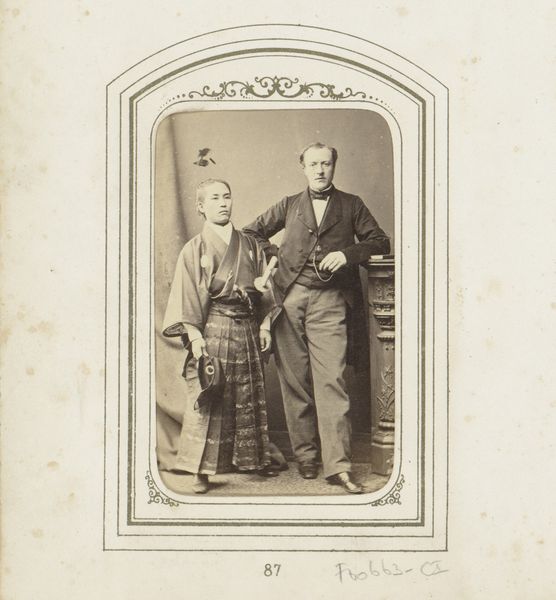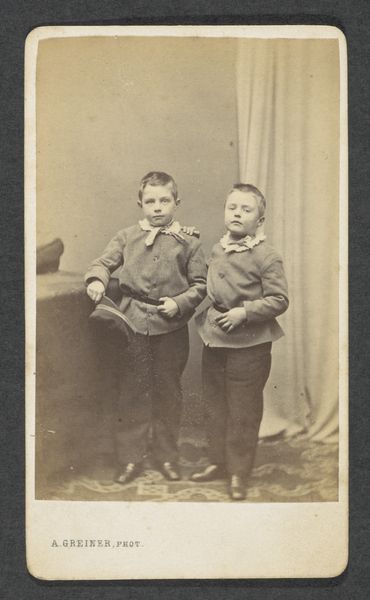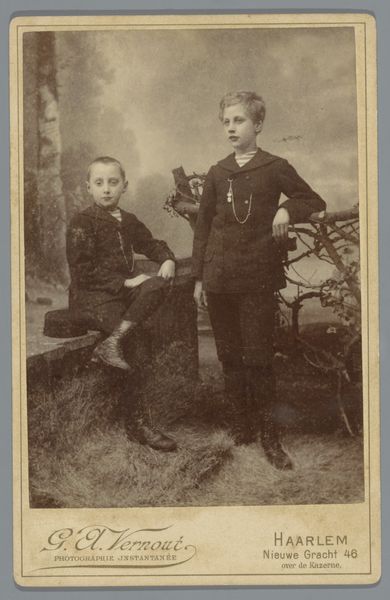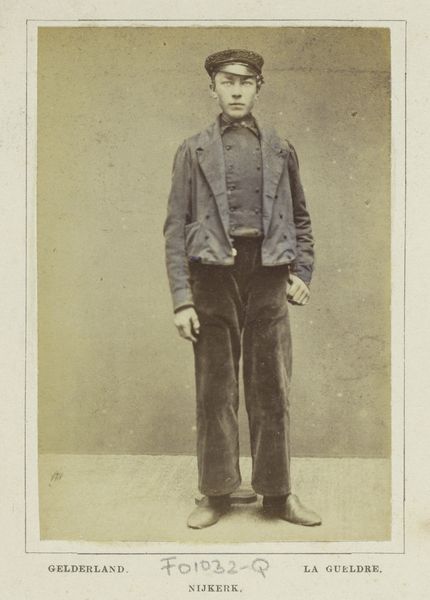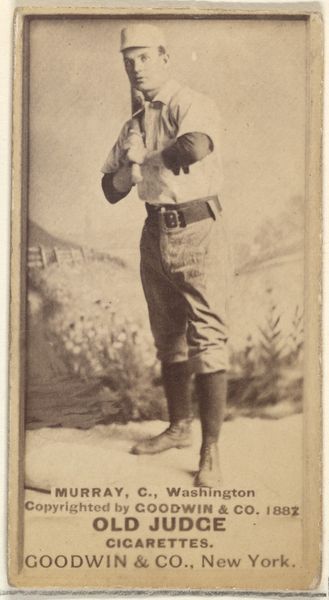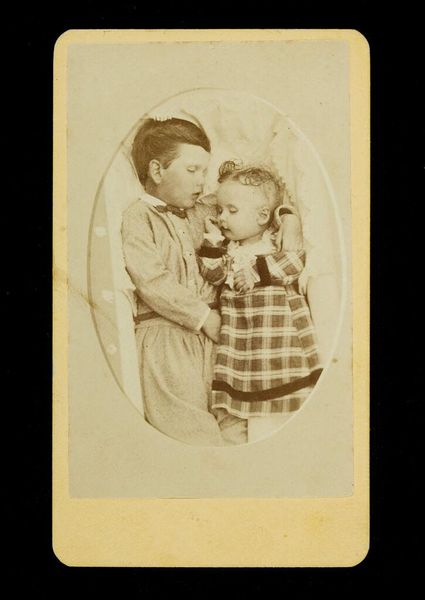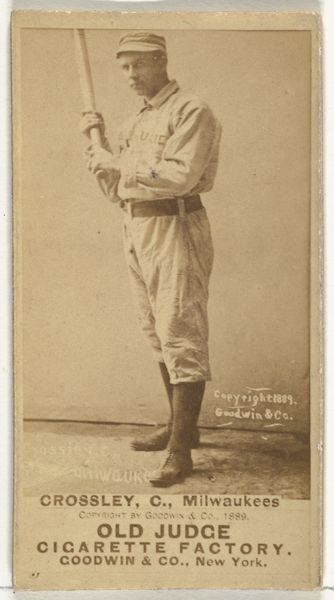
photography, gelatin-silver-print
#
portrait
#
16_19th-century
#
photography
#
gelatin-silver-print
#
genre-painting
#
realism
Dimensions: height 103 mm, width 67 mm
Copyright: Rijks Museum: Open Domain
Giorgio Conrad made this photograph of two unknown young beggars, sometime in the mid-to-late 19th century. The image is part of a tradition of depicting the urban poor that was common in European art at the time. Conrad's photograph creates meaning through its stark realism and its visual codes. The ragged clothing and outstretched hand speak of poverty and desperation. The image can be situated within the social and cultural context of 19th-century Europe, a time of rapid industrialization and urbanization, which led to increased poverty and social inequality. Photography, as a new medium, offered a means of documenting these social issues. The institutional history of photography is also relevant here, as photography was initially seen as a scientific tool, but quickly became a means of artistic expression. Was this an attempt to comment on the social structures of his time? Or was it a commentary on the institutions of art? To fully understand the image, we need to consider the social conditions that shaped its production. Historians can use a variety of resources to learn more, including census data, social surveys, and newspaper accounts.
Comments
No comments
Be the first to comment and join the conversation on the ultimate creative platform.
